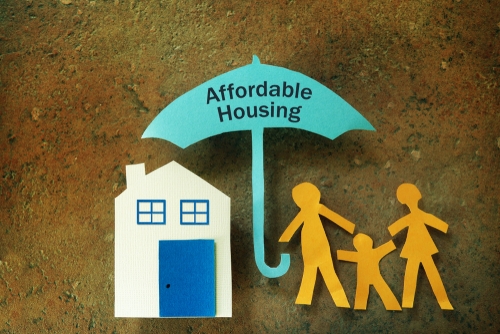

Zero-Waste Living: Incorporating Sustainability into Home Design
In an age where sustainability is more than just a buzzword, the concept of zero-waste living is gaining significant traction. Home design, as a fundamental aspect of our daily lives, plays a significant role in shaping our environmental impact. In this article, we'll explore the principles of zero-waste living and how they can be seamlessly incorporated into home design, contributing to a greener and more sustainable future.
Understanding Zero-Waste Living
Zero-waste living is a holistic approach that extends beyond individual actions to embrace a circular economy mindset. It revolves around the philosophy of reducing, reusing, and recycling to minimize the generation of waste. This includes choosing products with minimal packaging, supporting businesses with sustainable practices, and building a culture of repair and repurposing.
Embracing this lifestyle not only benefits the environment, but also promotes a healthier and more conscious way of living. As individuals become more mindful of their ecological footprint, the demand for sustainable home design solutions is on the rise.
Designing with Sustainability in Mind
Creating a home that aligns with the principles of zero-waste living involves thoughtful and intentional design choices. From the materials used in construction to the layout and functionality of spaces, every decision can contribute to a more sustainable living environment.
Designing with sustainability in mind means prioritizing materials that are environmentally friendly and have a minimal ecological footprint. This includes the use of recycled or upcycled materials, as well as choosing locally sourced materials to reduce transportation-related emissions. Additionally, architects and designers can incorporate flexible and multifunctional designs that adapt to changing needs, promoting longevity and reducing the need for frequent renovations.
Beyond the walls of the home, sustainable practices can be extended to landscape design. Utilizing native plants, implementing water-efficient irrigation systems, and creating green spaces that promote biodiversity contribute to a more sustainable and eco-friendly outdoor environment.
Integrating Renewable Energy
One of the cornerstones of sustainable home design is the integration of renewable energy sources. From solar water heaters to energy storage systems, homeowners are increasingly seeking ways to harness clean and renewable energy to power their homes. Incorporating these technologies reduces dependence on non-renewable resources and contributes to a lower carbon footprint.
Venturing beyond the adoption of renewable energy systems, zero-waste living also entails a shift in our energy consumption habits. Homeowners are increasingly exploring innovative, energy-efficient appliances and practices to complement their renewable energy systems. This synergy between technology and conscientious energy usage amplifies the impact of renewable sources, encouraging a truly sustainable and self-sufficient energy ecosystem within our homes.
Utilizing Smart Home Technologies
Building on this sustainable momentum, the integration of smart home technologies further propels us into a new era of energy-efficient and eco-friendly living spaces. From intelligent lighting systems to automated climate control, these technologies not only enhance the ease of our daily lives, but also actively contribute to resource conservation.
Imagine a home that learns your daily routines, optimizes energy usage, and minimizes waste — this is the promise of smart home technologies in the realm of sustainability.
Conclusion
As the world gravitates toward a more sustainable future, zero-waste living is becoming a guiding principle in various aspects of our lives, including home design. By embracing eco-friendly materials, renewable energy, and smart technologies, homeowners can play a crucial role in reducing their environmental impact.
Explore the future of sustainable living at the 42nd FIABCI Global Leadership Summit this December. Register now to join the conversation on innovative home design and environmental stewardship.


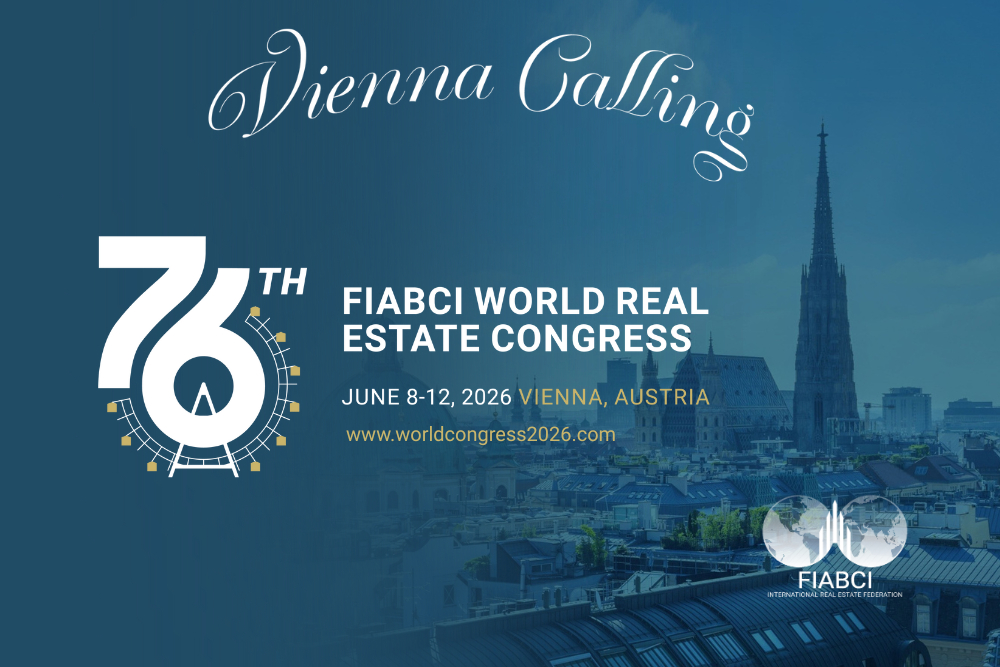









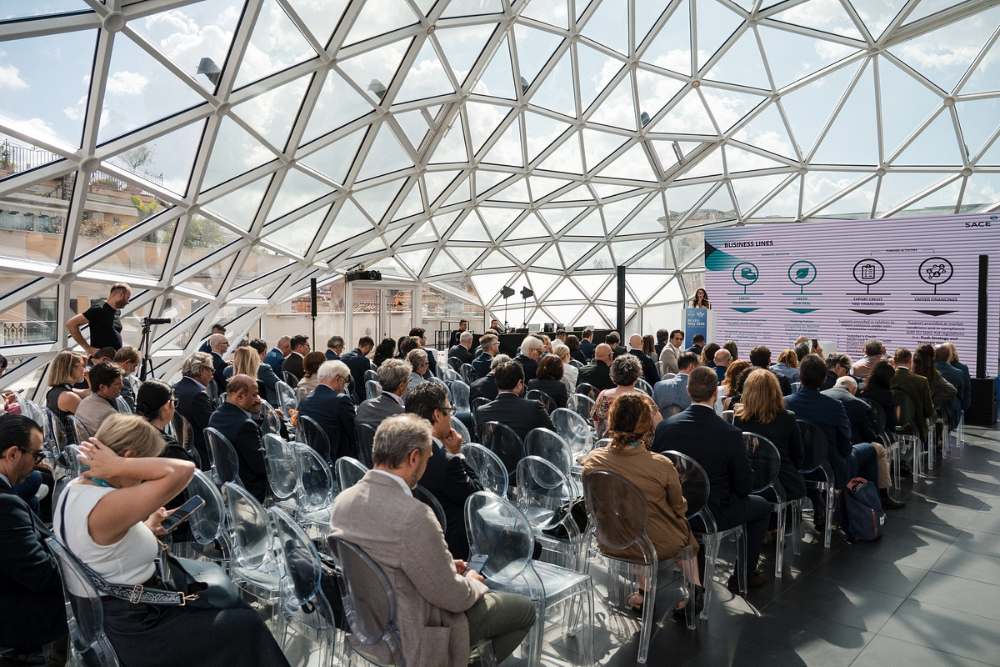



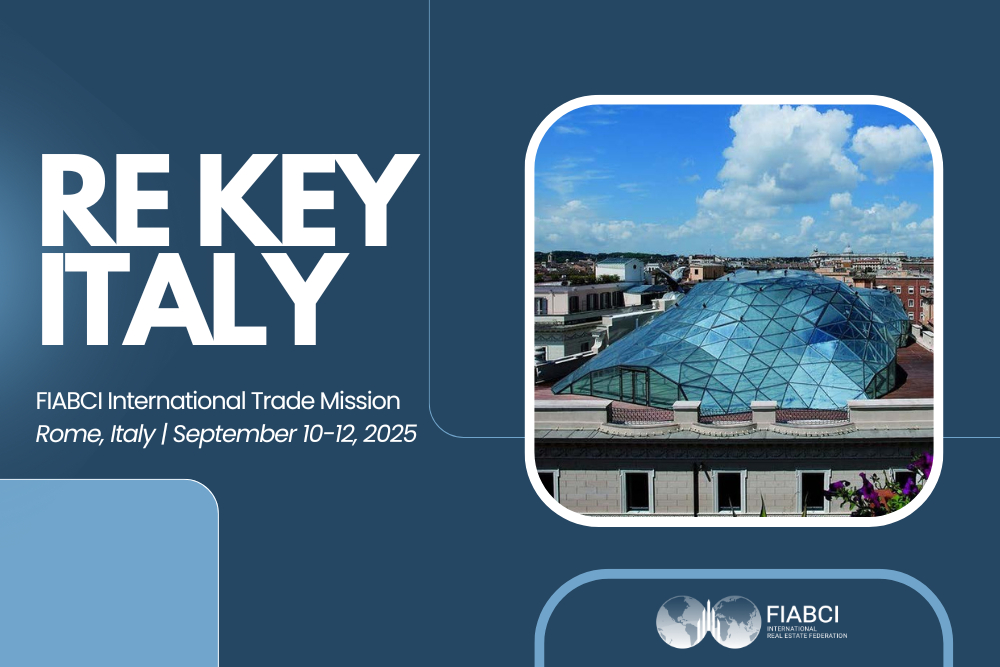



























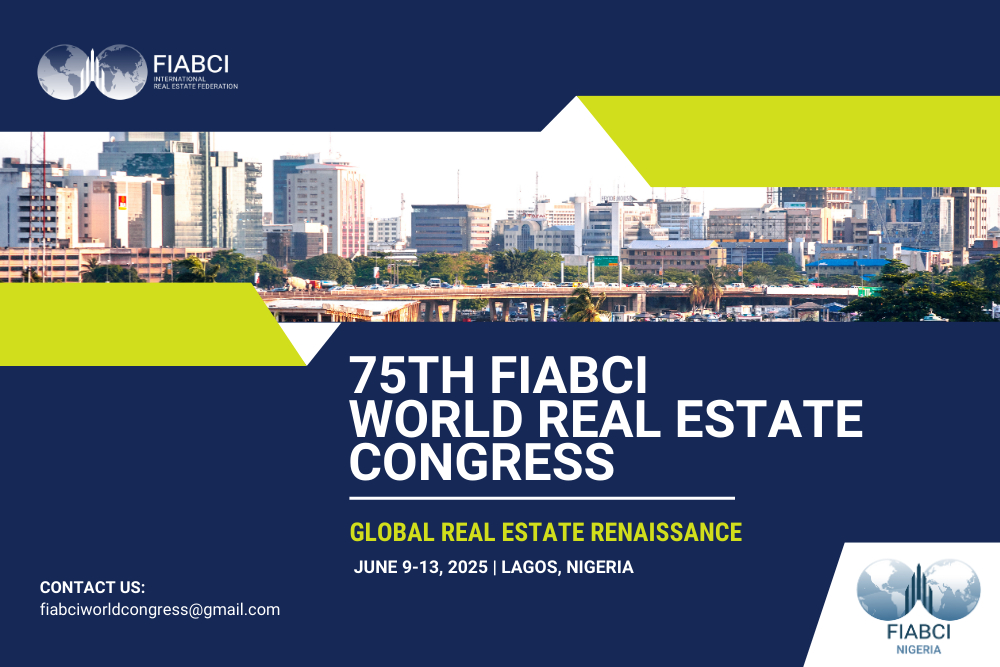








































































































































































































































































































![[Webinar Summary] COVID-19: What lies ahead for the Real Estate Industry?](/uploads/news/9i1w05plq2ksbcswuyj5ze2nr.png)






















































